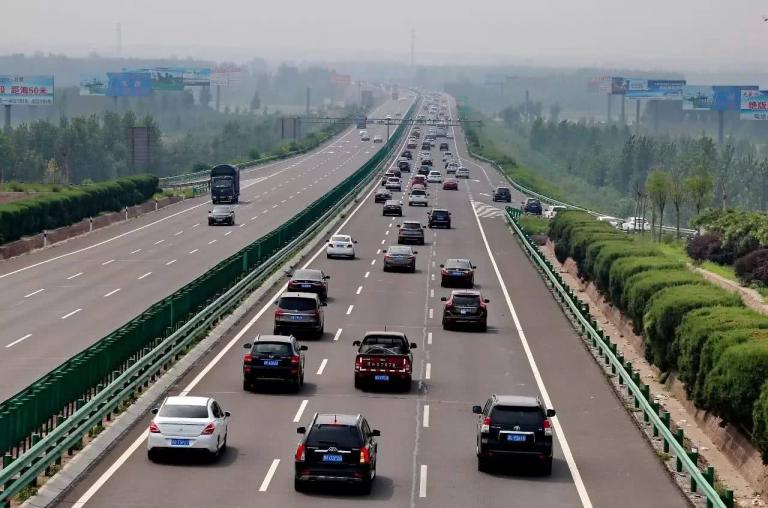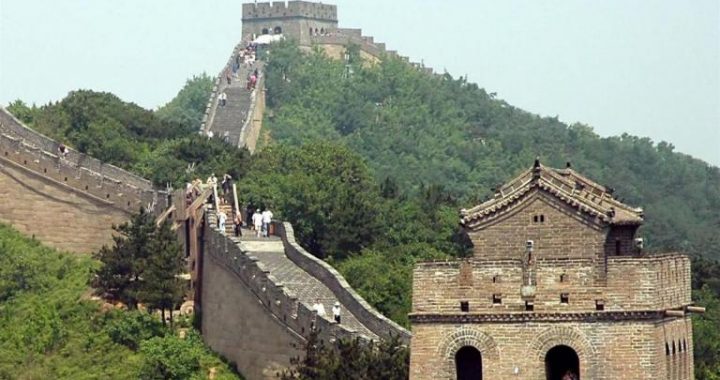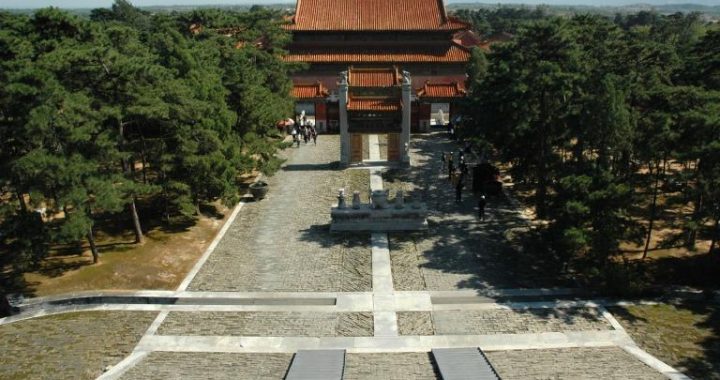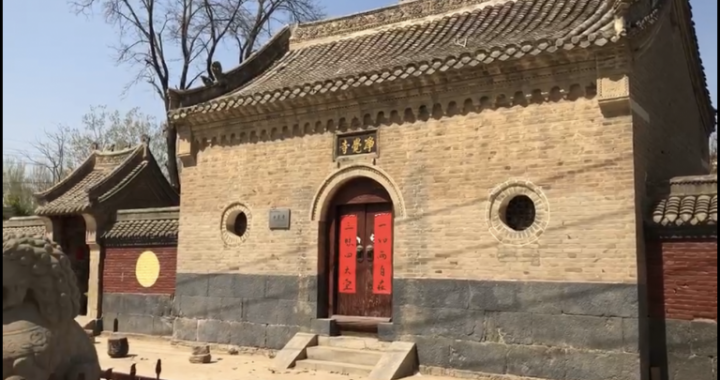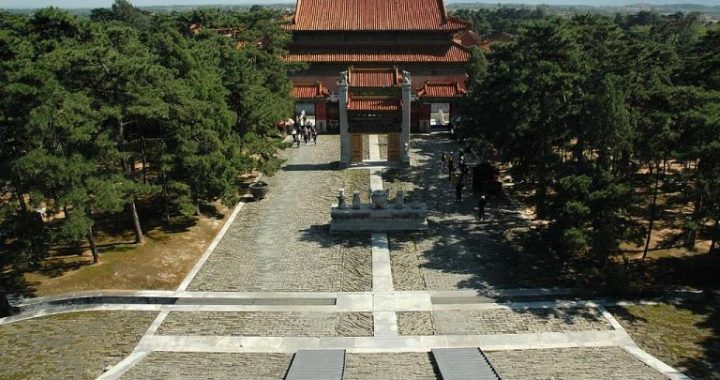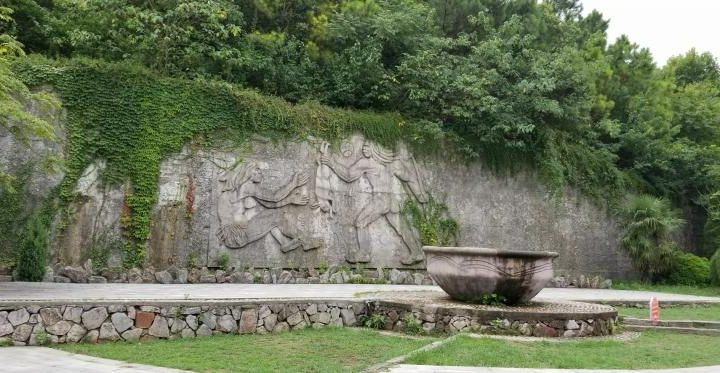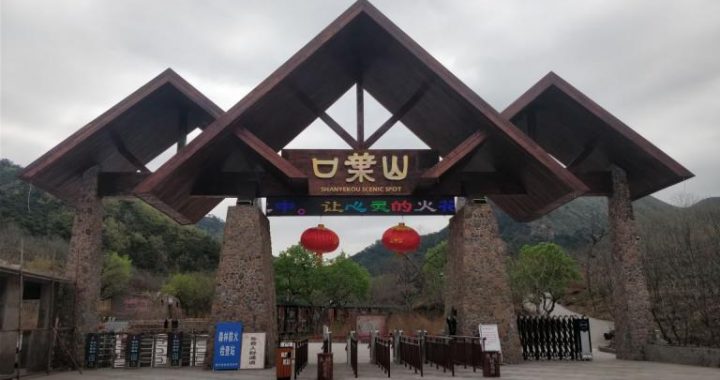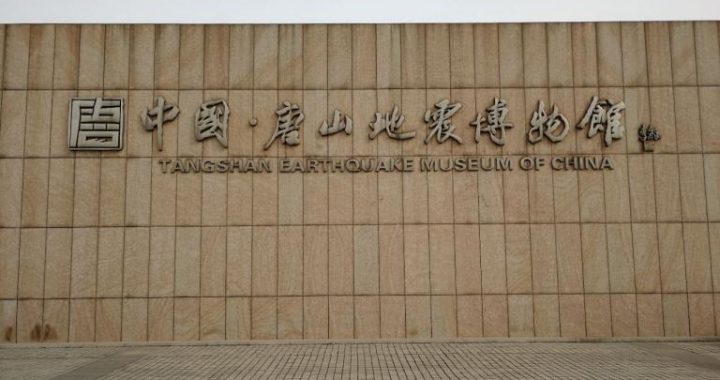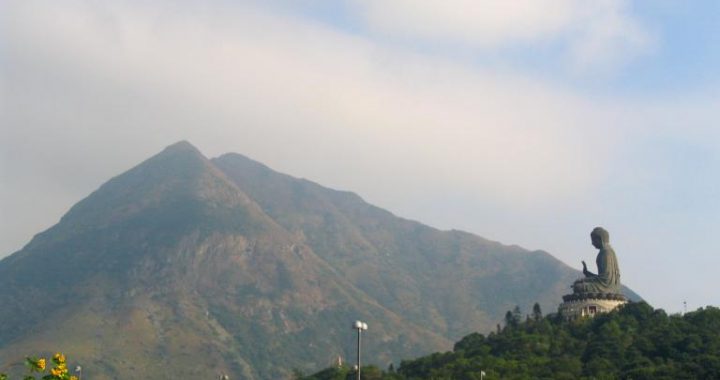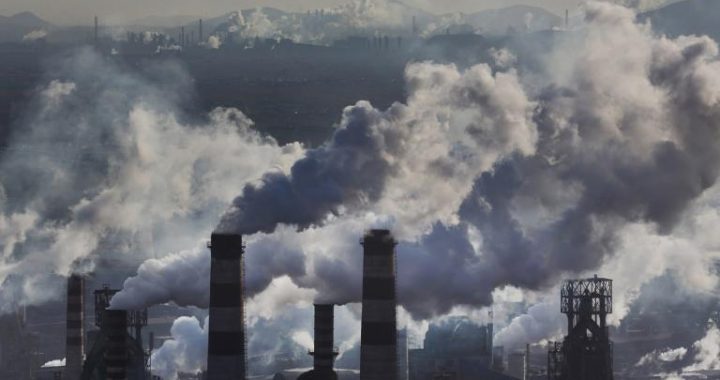A cradle for railways and trains
1 min readAt the end of 19th century, China’s locomotive industry emerged from Tangshan. With the Kaiping Mine in operation, transport became a critical element for the distribution of coal. But the Qing Court had stubbornly opposed building railways. The railway plan advanced by Tang Tingshu during his surveying of Kaiping Coalfield encountered considerable opposition from conservatives in the court. Thus, Tang had to give up a plan to build a 50km railway from the mine to the estuary of Jianhe River. Instead he decided to dig a canal from Xuge Village to Lutai to transport coal.

Due to the gradually rising terrain from Xuge Village to the mine, the canal could not directly flow to Tangshan.
On June 9,1881, Tang secretly started the construction of a standard gauge railway from Tangshan to Xuge Village under the name of “express highway”. Owing to the Qing Court’s stern oppositio to railway construction, the Kaiping Mine had to use animals to tow the coal cars on the Tangshan-
Xuge Village railway and then transport the coal to Tianjin for sale via the coal canal in Xuge Village.
With the increase in coal output, the challenges of transportation emerged. Tang knew that railway was the lifeline for the Kaiping Mine. He was determined build a rail link.
He wrote another report to Li Hongzhang and sent C.W. Kinder, chief engineer of Kaiping Mining Bureau, to visit Li and explain the importance of building a railway. Then Li called on Yixuan, the prince in charge of the imperial Navy and Railway Affairs and explained how the railway project would benefit the national defense, and how no investment from the Court was needed. Yixuan was glad that there was no need for investment and reported that fact to the Emperor. Very soon, Tang’s railway ex-tension plan was approved. Thus, the coal from Kaiping could be directly transported from the mine to Lutai.

In 1888, the Qing Court restructured the Kaiping Railway Company as China Railway Company (also known as Tianjin Railway Company) and issued new shares to extend the railway to Tianjin, then eastward to the Shanhaiguan Pass. In turn, other railways were built inside Shanhaiguan Pass. The debut of this standard gauge Tangshan-Xuge Village railway marked the beginning of China’s rail net-Nork that now expands 80,000 km.
On November 8,1881, when the roadbed for the Tangshan-Xuge Village railway was under construction, Chinese workers, referring to the drawings from British engineer C.W. Kinder, trial-manufactured a 0-3-0 steam engine with a boiler,U-iron and other scrapped mine materials worth 520 silverdollars(equivalent to 70-80 pounds). Kinder, Burnet and other experts named the engine the”Rocket of China”. The train was also called the Dragon Locomotive, because Chinese workers engraved a dragon on both sides. The debut of China’s first steam engine marked the start of an era of China-made railway locomotives.
When the locomotive made its trial run, ministers tried to limit its operations with ignorant reasons like the claims that it made”horrible noises and interfered with the imperial tombs.”In June 1882, Li Hongzhang and Tang Tingshu arranged for the locomotive to convey some officials from XugeVillage to Tangshan at a speed of 20 miles per hour. Then, on October 2,1882, the Kaiping Mining Bureau bought two sets of small O-2-0 locomotives from the U.K. to run along the Tangshan-Xuge Village railway.
The Britain-made locomotive, similar to the Dragon Locomotive in appearance but with two fewerwheels, weighed 1,320kg and were among the smallest steam engines in the world. One was kept at Tangshan Locomotive and Rolling Stock Works in 1961, then moved to the Railway Gallery of Beijing Jiaotong University and is now at the China Railway Museum in Beijing.
During its century of development, from the creation of the Dragon Locomotive in 188 1 to today, Tangshan Locomotive and Rolling Stock Works produced imperial cars for Empress Dowager Cixiin
1889 and Emperor Guangxu in 1902. After the founding of new China, the Works developed more than 100 locomotives including the Shangyou Steam Engine and the Dongfeng Internal Combustion Engine, created many firsts in China’s, such as China’s first track inspection car, China’s first double-deck internal combustion locomotive unit, China’s first tilting passenger car, China’s first 70% low-floor light rail vehicle and China’s first Prototype for Middle-and Low-speed Maglev Train. Moreover, between 1962 and 1992, it made more than 30 different special vehicles for carrier rockets and aircraft for China’s sophisticated aerospace and national defense industries. In 1970, it produced ultralimit railway cars especially for first and second grade nuclear warheads from Dongfeng No.5 Missiles, missile engines and manmade satellites. It became the designated factory for cars for Mao Zedong and other central leaders in the same year.
Tangshan also enjoys a high international reputation in locomotive manufacturing. It produced meter gauge passenger cars for Viet Nam in 1965, and special passenger cars for Myanmar in 1994 and Malaysia in 1995.
At the beginning of the 21st century, China’s first 300km/h high-speed locomotive unit was builthere. Tangshan provided Harmony high-speed locomotive units for Beijing-Shanghai Express Railway and other key railway projects, an example of the transformation and internationalization of Tangshan’s traditional industry. These unparalleled achievements make Tangshan an undisputable cradle for China’s railways.
